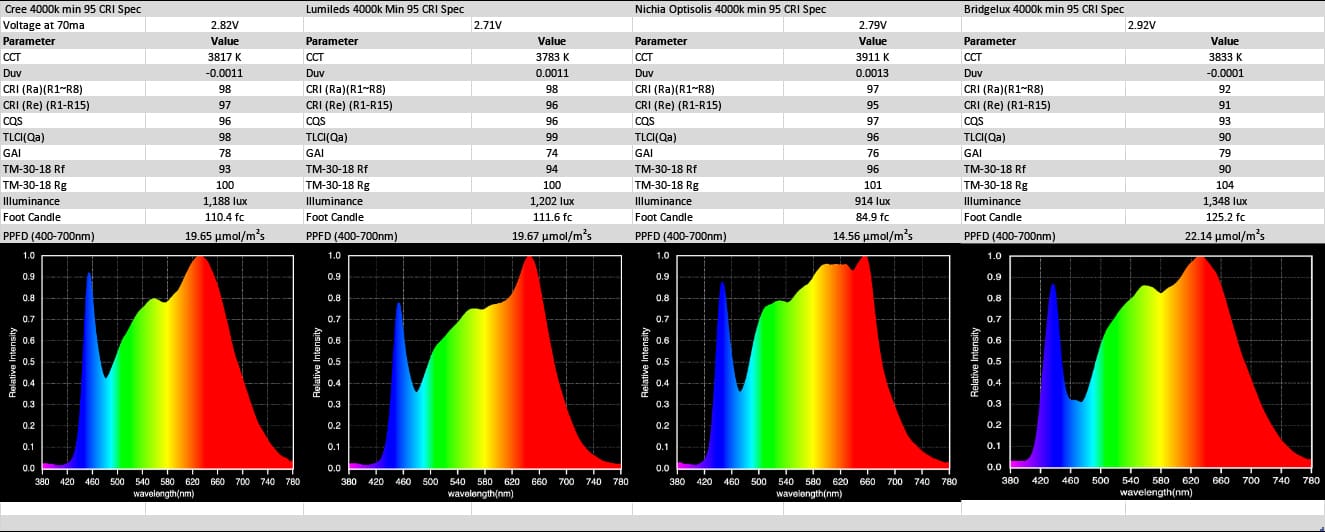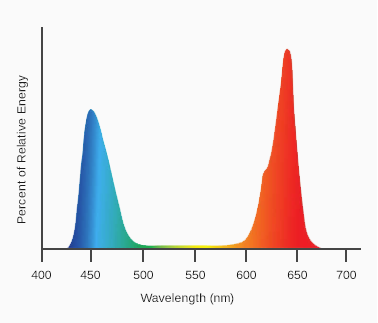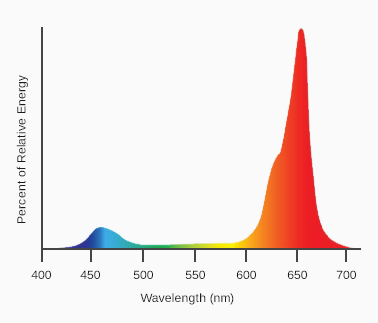"... I would like to see simple assessments of what % and changes in % mean to growers"Welight wrote: ↑Fri Mar 05, 2021 1:25 am" Its been my observation that many vendors sell their products with inadequate information in an attempt to simply increase sales."
I guess this statement seems counter intuitive but true, Im very interested in providing more information to increase sales, the issue is the fine line between reams of data and confusion, pertinent data is the goal but that is subjective, one mans pertinent is another's frustration, the DLC Listed LED Grow Light % info seems like a good concept and more is better, I would like to see simple assessments of what % and changes in % mean to growers
Cheers
I'm not a "Grower" but agree that this info would be quite useful to help make "informed" comparisons and decisions. Part of the problem is that there are several established Manufacturers / Vendors that produce Grow Lights without any real pertinent info with "Proprietary Spectrums". Two that quickly come to mind are Black Dog and California LW, you would be hard pressed to get any actual info and measurements from these light manufacturers and "Growers". Spectrometer Readings / Measurements with % UV-B-G-R-FR along with PPFD, PPF and PPE are mostly what's needed to create this simple "Pertinent" Data; quantity, coverage and produce. The DLC "standard" is more than adequate, but don't see it happening anytime in the near future.
And as a gardener I can apply available published academic horticultural research on PBAR wavelengths for basic percentage SPD comparisons;
Academic Horticultural Research has shown plant species specific optimal growth (Photosynthetic Efficiency not Electrical Efficiency) occurs with;
~ 10 - 25% Blue,
~ 25% Green and
~ 50 - 65% Red / FarRed.
The Academic Horticultural Research has also shown (in general) that the supplemental wavelengths outside of the 400 - 700nm PAR spectrum;
1. UV 350 - 400nm (and increased 400 - 500nm Blue wavelengths) actually retards vegetative growth of many plants but can be beneficial when applied before harvest to increase phyto-chemicals.
2. FarRed 700 - 750nm is benefical for increased Photosynthesis, small percentage creates synergistic reactions with 600 - 700nm Red wavelengths.
3. Infra-Red, 800 nm and above has no direct benefits to photosynthesis, but produces heat.








